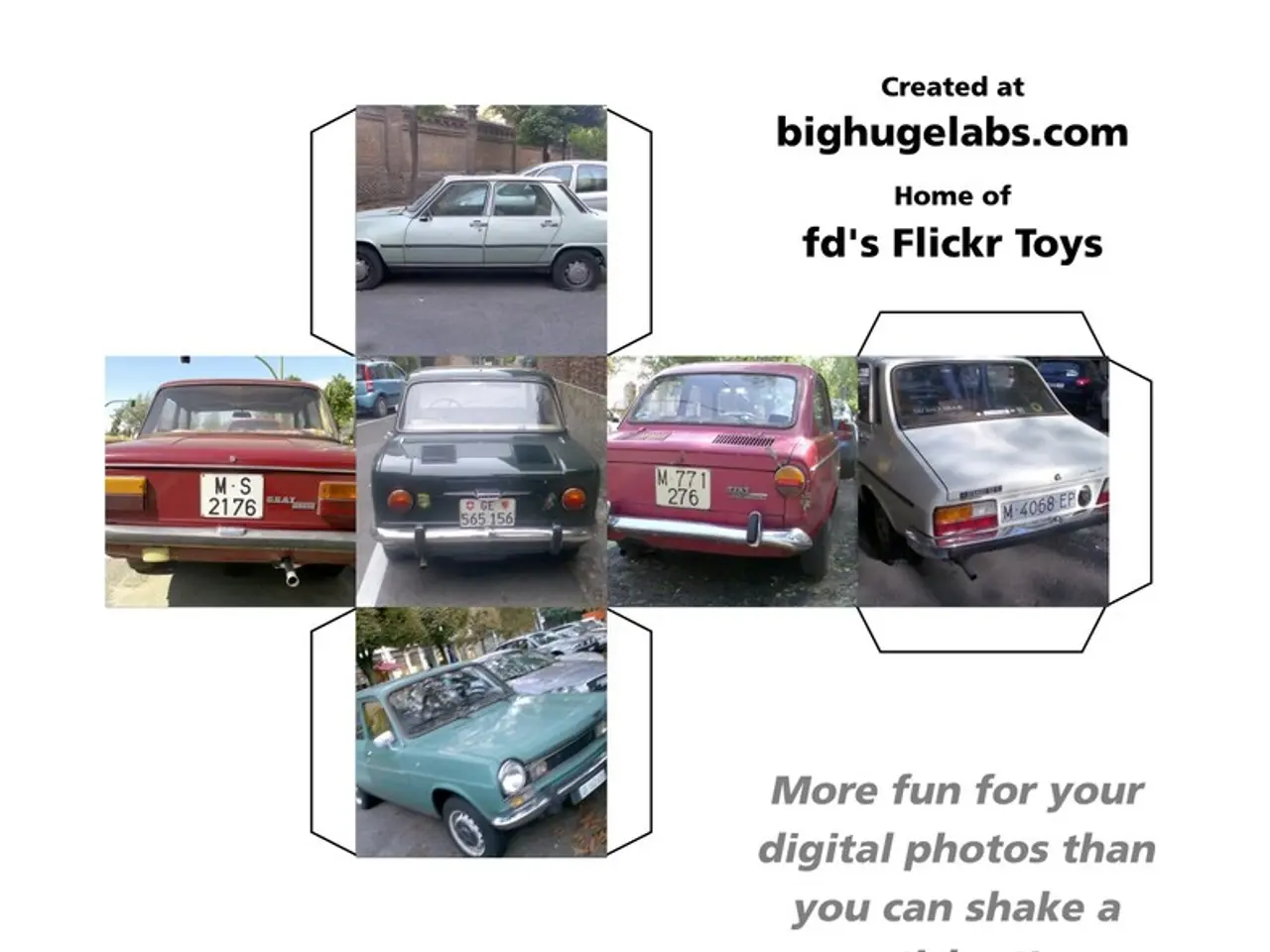India Faces Potential Loss of 20% Auto Component Exports to US; Experts Suggest Focusing on High-Value Parts and New Markets, Citing Opportunities in Emerging Markets in Asia, Africa, and Latin America
Indian auto component manufacturers are facing a significant challenge due to the recent imposition of higher tariffs by the United States. The tariffs, which currently stand at 25% and are set to escalate to a total of 50% by August 27, 2025, have significantly impacted the competitiveness of Indian suppliers in the US market, which accounts for 27% of India's auto component exports.
To counter these challenges, Indian manufacturers are adopting strategies such as diversifying export destinations, enhancing value addition and innovation, focusing on exclusive tooling and safety-critical parts, and strengthening relationships with US buyers.
Diversification of export destinations is a key strategy being pursued to reduce dependency on a single market and explore alternative global markets with lower or no tariffs. The mobility services industry, including car rentals and leasing, is also closely assessing the tariff changes to ensure cost-efficiency for customers while aligning with evolving regulatory frameworks.
Enhancing value addition and innovation is another strategy being employed to improve product competitiveness. This can help Indian manufacturers justify their pricing despite higher tariffs. The Automotive Component Manufacturers Association of India (ACMA) emphasizes the need for self-reliance and accelerated innovation as vital responses to the shifting global trade landscape caused by these tariffs.
Focusing on exclusive tooling and safety-critical parts, which account for 60-70% of current exports to the US, is also a strategy being pursued. These components require long qualification times and are less susceptible to immediate replacement by other suppliers.
Strengthening relationships with US buyers by maintaining high standards in cost, quality, and timely delivery is another important strategy. Some US customers have assured support if these parameters are met. Preparing for potential order loss in standardized parts where buyers can quickly switch to alternative suppliers from countries facing lower tariffs, like Japan, Vietnam, and Indonesia, is also a crucial aspect of this strategy.
In the face of these challenges, Indian manufacturers are also considering setting up some production closer to the US, such as in Mexico and Canada, due to the USMCA trade agreement. Even in SOB programs, actual shifts depend on alternate suppliers' spare capacity, logistics cost, and the duration of the tariff.
The tariff changes are expected to have a mixed impact on the auto sector, offering protection to domestic manufacturers in certain segments but potentially leading to higher costs in others. Approximately 30-40 percent of U.S. imports of Indian auto components come from programs where India is one of multiple approved suppliers with a defined share of business. However, almost 15-20 percent of India's U.S.-bound auto-component exports could be lost in the short term.
The United States remains a significant trading partner for Indian auto component manufacturers, accounting for 27% of total exports in FY25. In FY25, the total value of Indian auto component exports was $22.9 billion, and the total value of imports was $22.4 billion from the United States.
Union roads transport minister Nitin Gadkari believes that the domestic automobile industry is strong enough to cater to the world market and is not overly dependent on the United States. Aman Naagar, MD of AVIS India, notes that the latest tariff changes could lead to higher input costs in certain segments of the auto sector, especially where imports form a key part of the supply chain. EY's Agarwal suggests focusing on new markets, making specialized, high-value parts, and pursuing trade deals with countries like the UK, EU, and developing nations in Asia, Africa, and Latin America.
In conclusion, Indian auto component manufacturers are adapting to the changing global trade landscape by adopting strategies such as diversification of markets, innovation, and value addition. These strategies aim to offset the immediate risk of losing an estimated 15-20% of India's US-bound auto component exports and to build resilience against evolving trade barriers. The recent trade agreement with the UK, signed recently, gives India immediate tax-free access for most auto parts, which is a significant advantage in the current trade environment.
- The automotive component manufacturers in India are focusing on diversifying their export destinations to explore alternative markets with lower or no tariffs.
- The mobility services industry is assessing the tariff changes to ensure cost-efficiency while aligning with evolving regulatory frameworks.
- To improve product competitiveness, Indian manufacturers are enhancing value addition and innovation, which can help them justify their pricing despite higher tariffs.
- Indian manufacturers are focusing on exclusive tooling and safety-critical parts, which account for a significant portion of their exports to the US, to reduce the risk of immediate replacement by other suppliers.
- To build resilience against evolving trade barriers, Indian auto component manufacturers are considering setting up production closer to the US, such as in Mexico and Canada, and pursuing trade deals with various countries like the UK, EU, and developing nations.




